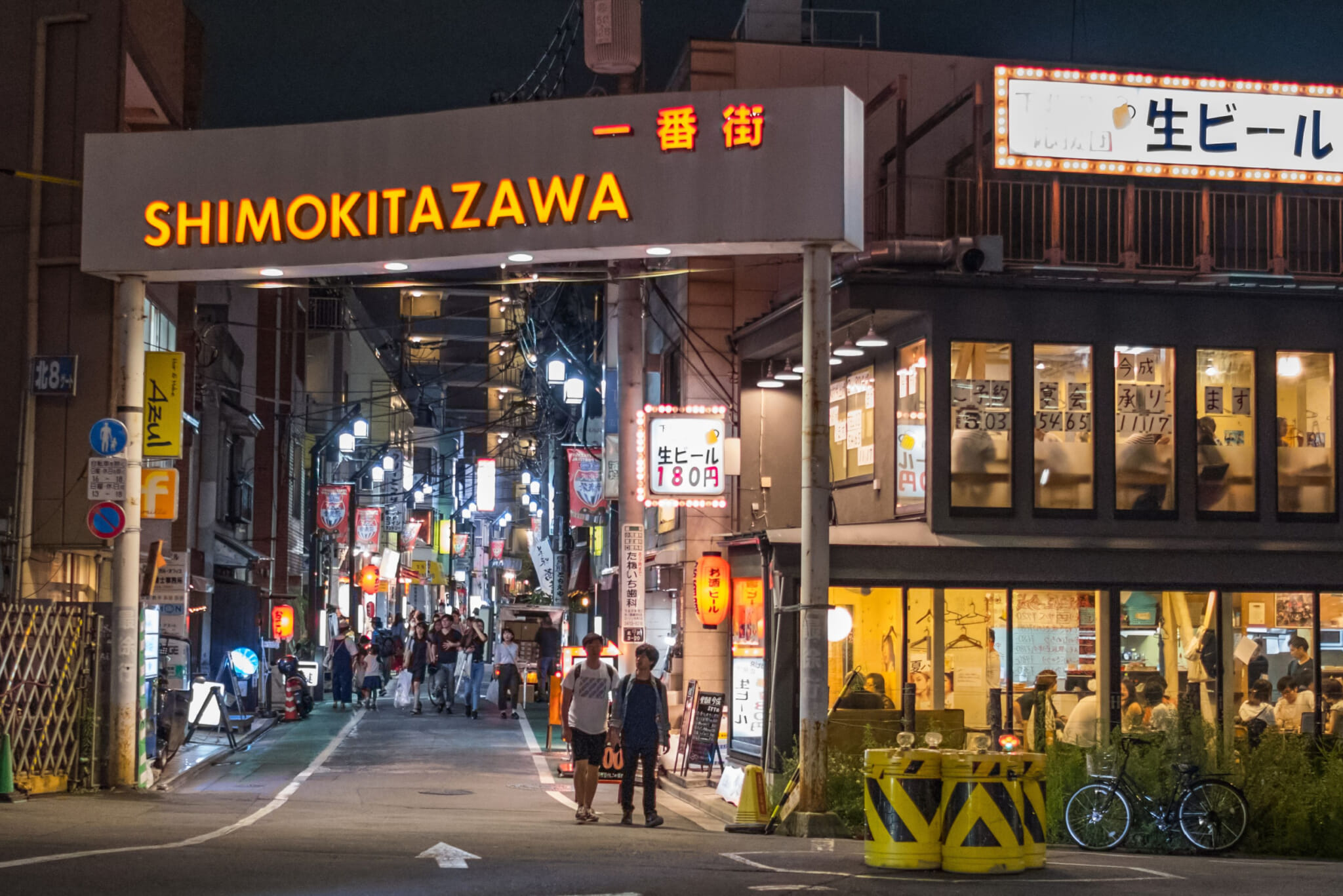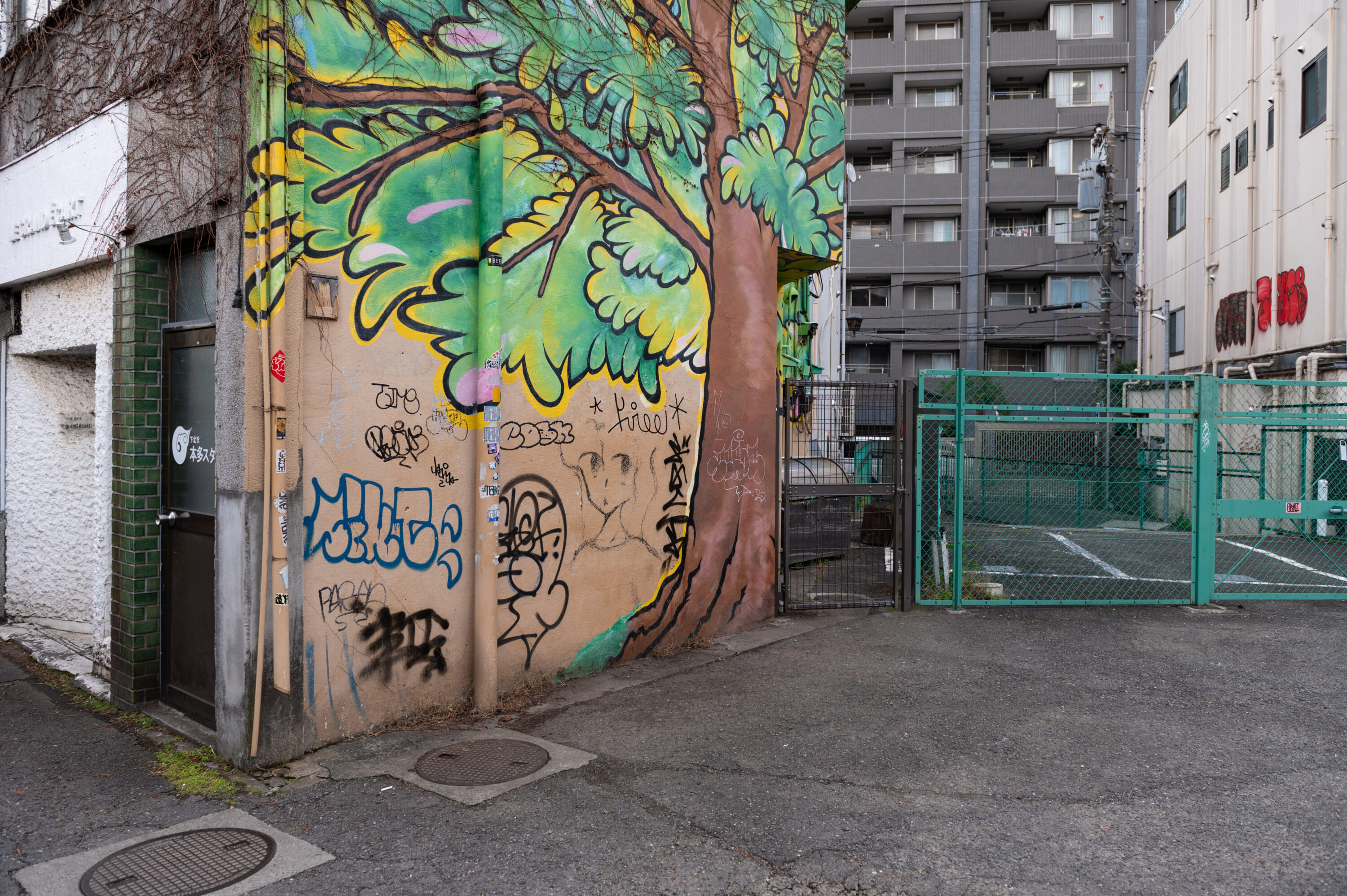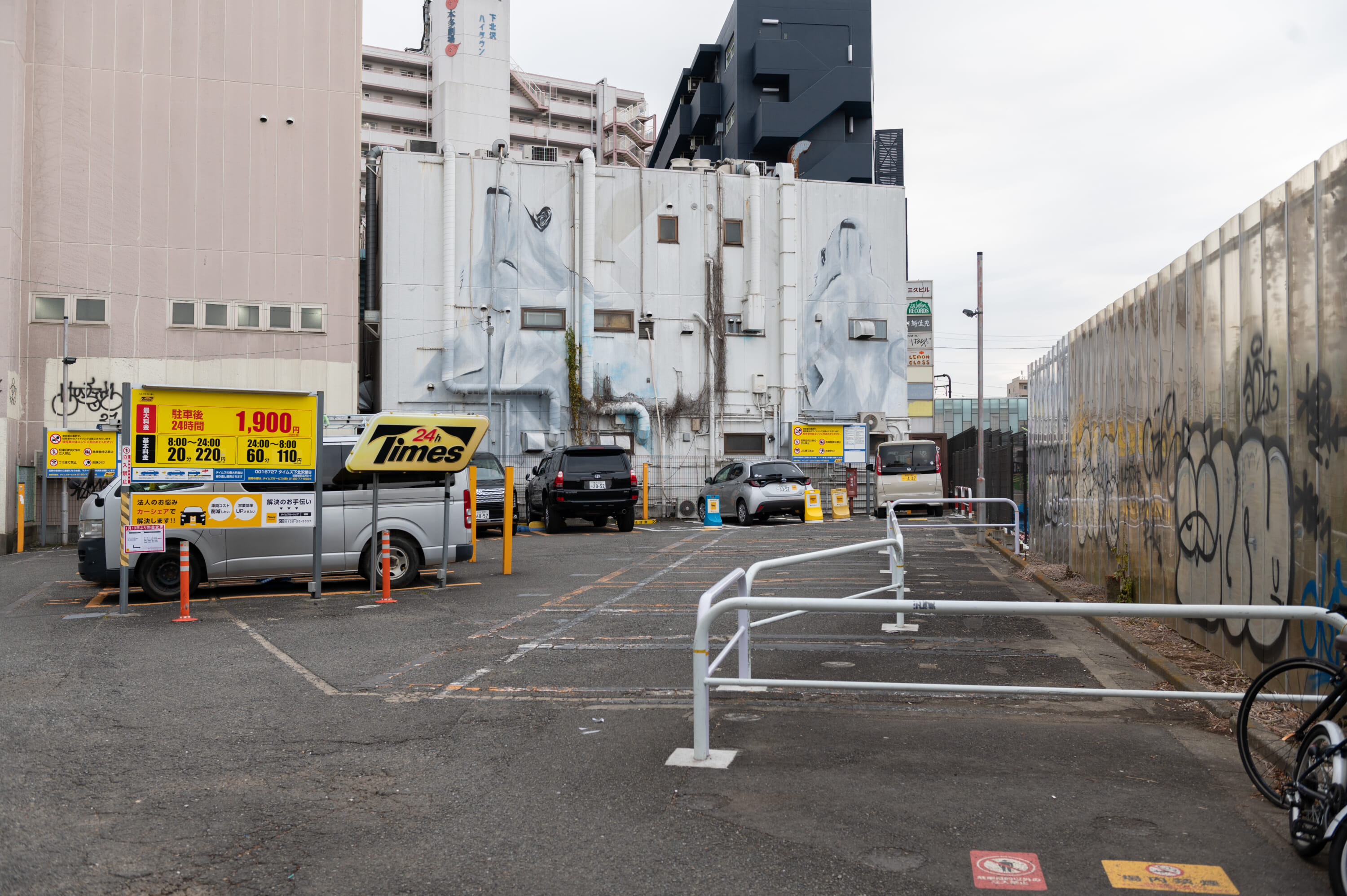Part of Bocchi’s charm lies in its realistic snapshot of Tokyo’s rock community. The characters navigate the capital’s live house world and spend significant time in Shimokitazawa, a Tokyo neighborhood known for its rich rock history. The team behind the series went to great lengths to recreate the looks and vibe of the area, helping to lend Bocchi a sense of familiarity and authenticity to its world.
It’s also a great introduction to Shimokitazawa, a neighborhood that has undergone massive redevelopment in recent years but retains the rock ecosystem that helped make it a setting for Bocchi in the first place. Here are some of the real-life locations (or spots that inspired ones in the show) in Shimokitazawa and beyond, for both fans of the show looking to immerse themselves in Bocchi’s story (and see a bunch of flyers advertising the show and subsequent album) or those just looking to learn more about the area.
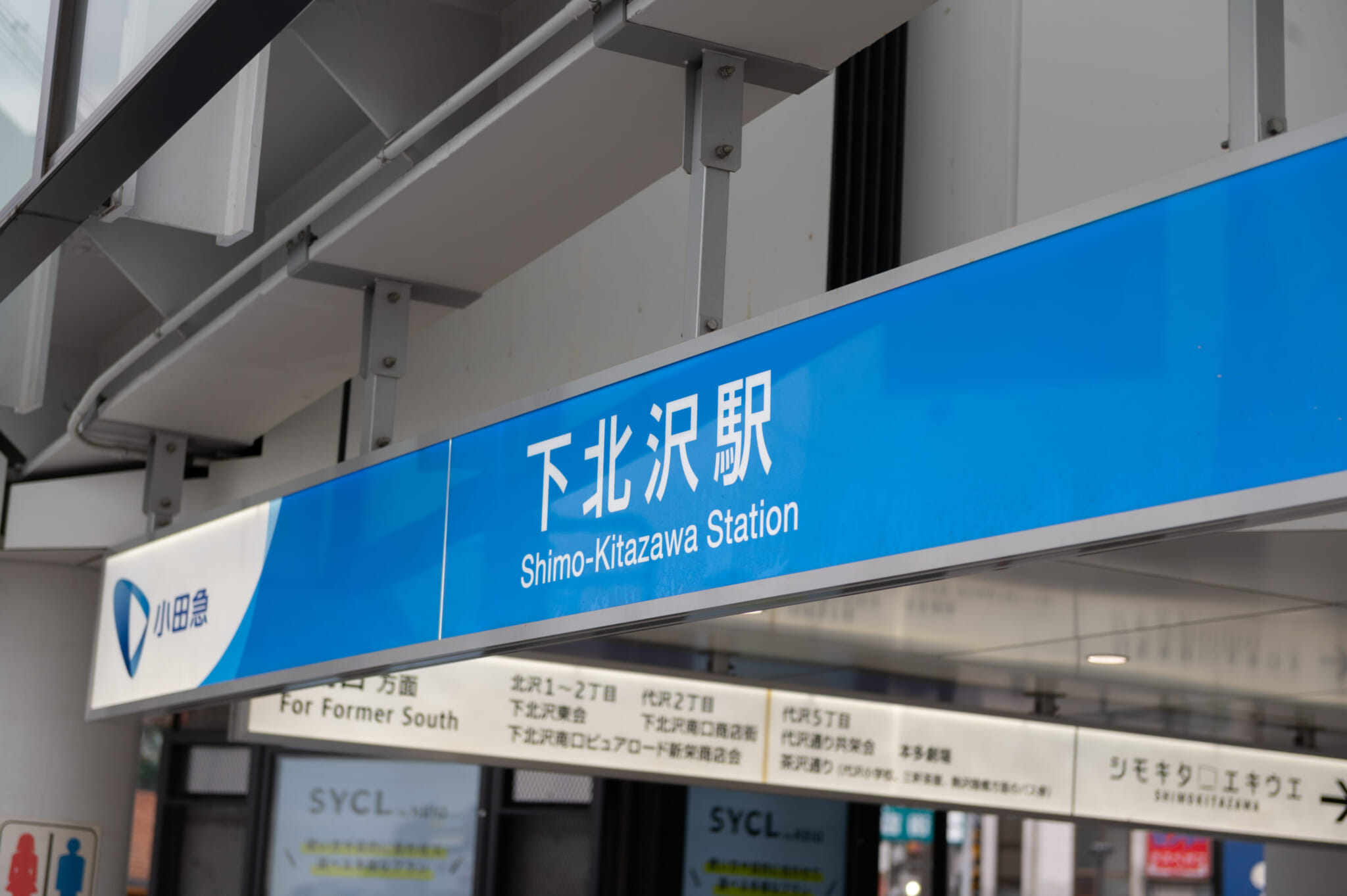
Shimokitazawa Station
We have to begin with the station. It’s a natural meeting point for the characters in Bocchi, and over the last year the greater-station structure has expanded to include a wide variety of restaurants and stores.
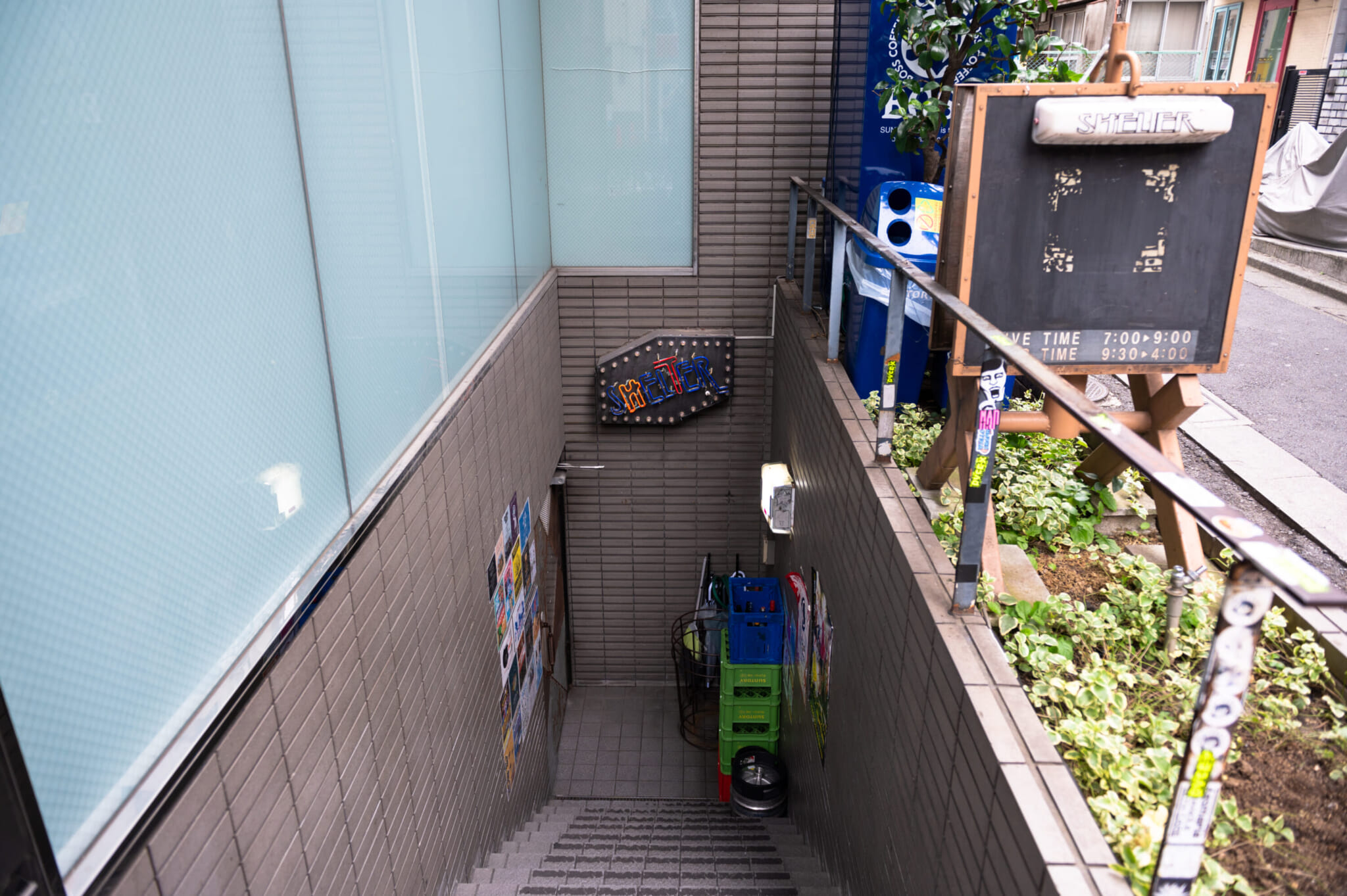
Shimokitazawa Shelter
The “home venue” for Bocchi’s primary band is an underground space called Starry, featuring checkerboard-pattern floors and a tiny bar in the back. This animated space is heavily inspired by Shimokitazawa’s very own Shelter, a cozy live house sporting the same sort of staircase and red-blue neon light entrance as the cartoon version. Opened in the fall of 1991, Shelter has provided a space for both fledgling groups and bands on the precipice of the mainstream with a space to play. It’s a great stand-in for the typical live house in Tokyo, providing a place for artists of all types to hone their crafts while also feeling like a subterranean escape into an alternative culture.
Make sure you actually go down and support the artists playing, though. As Bocchi gained in popularity late last year, a growing number of people loitered outside or just took photos of the main entrance, prompting the venue itself to tweet that they want more visitors to actually…check out the music within. Which you should do, fan of the show or otherwise.
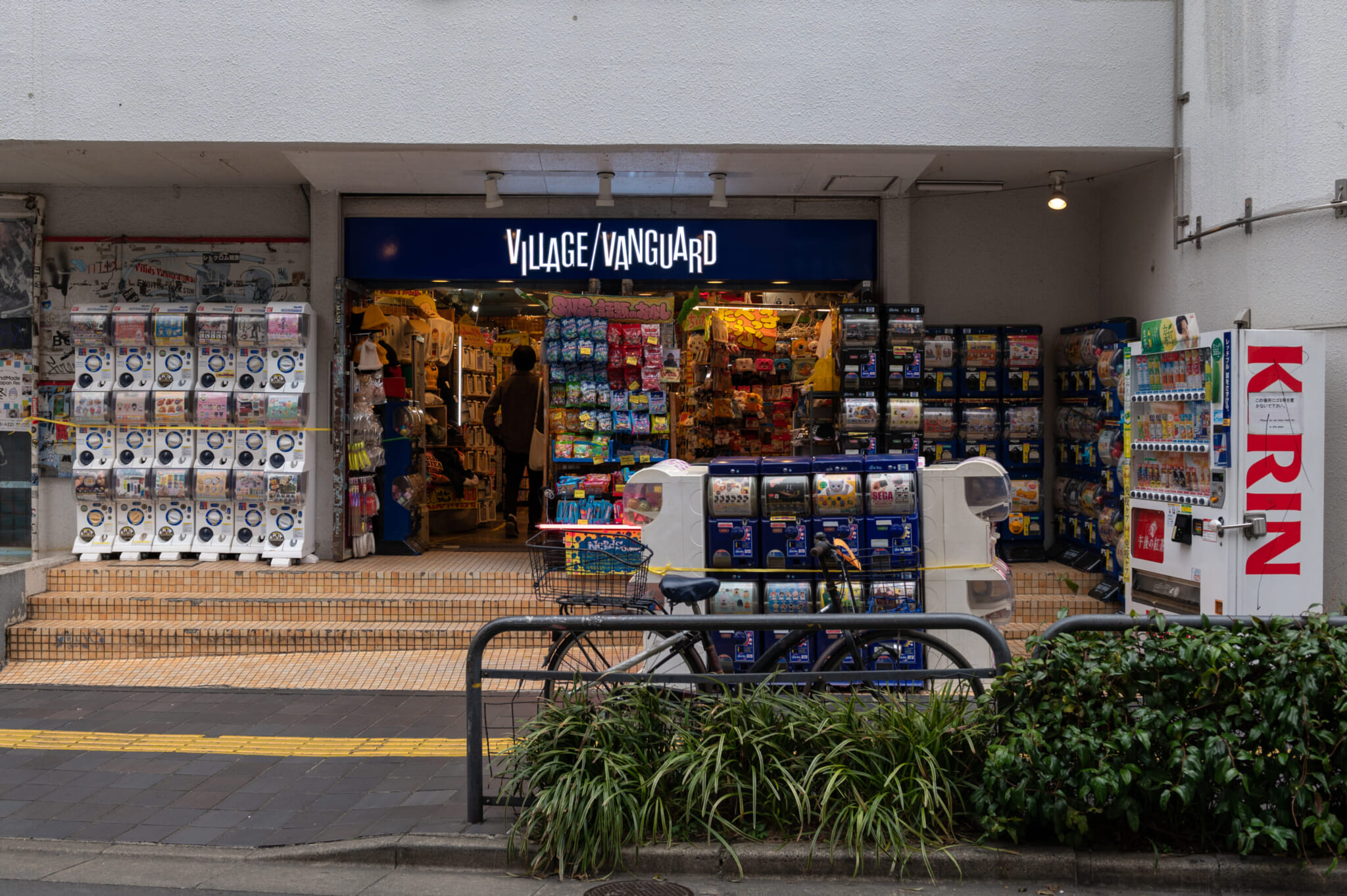
Front Of Shimokitazawa Village Vanguard
Whether you are a seasoned Shimokitazawan or a rookie trying to make sense of the neighborhood, the spacious capsule-toy-machine-lined entrance of Shimokitazawa’s own branch of Village Vanguard serves as a perfect meeting space. Beyond that, it is a good hang-out space for people looking to kill some time when the weather’s fine. Bocchi recognizes the significance of this chain-store space, setting several scenes in front of it to really drive home the local feel of the show. If you head out there in real life, meanwhile, you can find Bocchi products in the store.
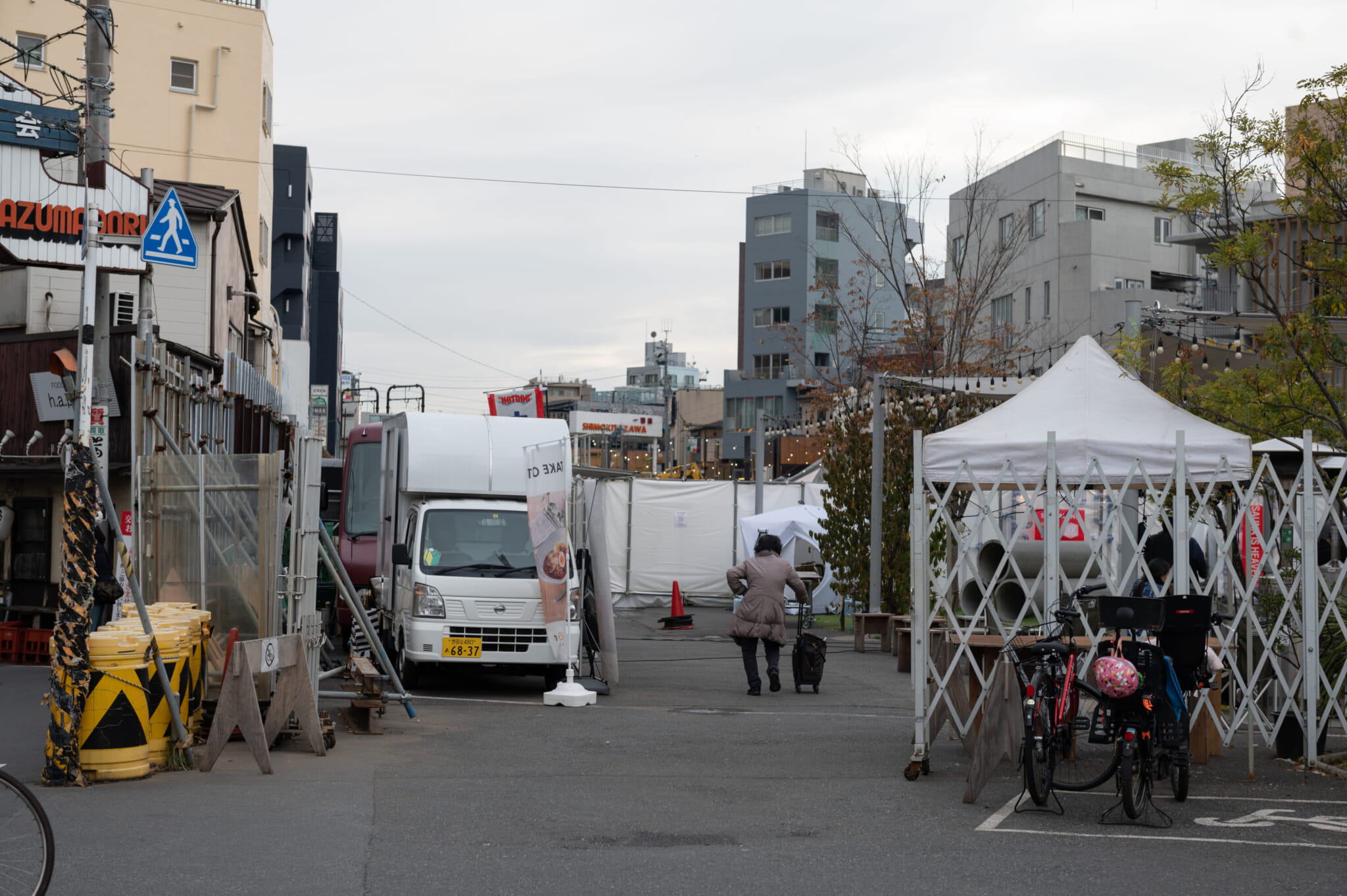
Senrogai
Like many neighborhoods in Tokyo, Shimokitazawa has undergone significant redevelopment in recent years. Whether that’s positive or negative, there’s an ongoing debate, but Bocchi simply exists in the Shimokitazawa of now, passing no judgment and rather following how a young band exists within the area. In the anime, an area inspired by the trendy spot Senrogai serves as a hip hangout space for members of the band. Senrogai, a park-like open space that opened in late 2020, hosts a variety of stores, restaurants and food trucks. It’s representative of the new Shimokitazawa, but it has the classic Shimokita chill.
Times Parking Lot Shimokitazawa 8th
The challenge of putting together a list like this is deciding what sort of space is too pedestrian. The animators behind Bocchi put great detail into the backgrounds of the places the characters go in Shimokitazawa, but it feels somewhat deflating to suggest someone visit a random Mos Burger or the backside of a building just because it appeared in an anime. All that said… you should definitely stop by this parking lot.
This exact space serves as the spot where Bocchi’s Kessoku Band bonds during the show, and swinging by reveals just how much love the team behind the show has given to the neighborhood. They’ve captured all the details of this random parking area. That’s noteworthy, even for just a few minutes.
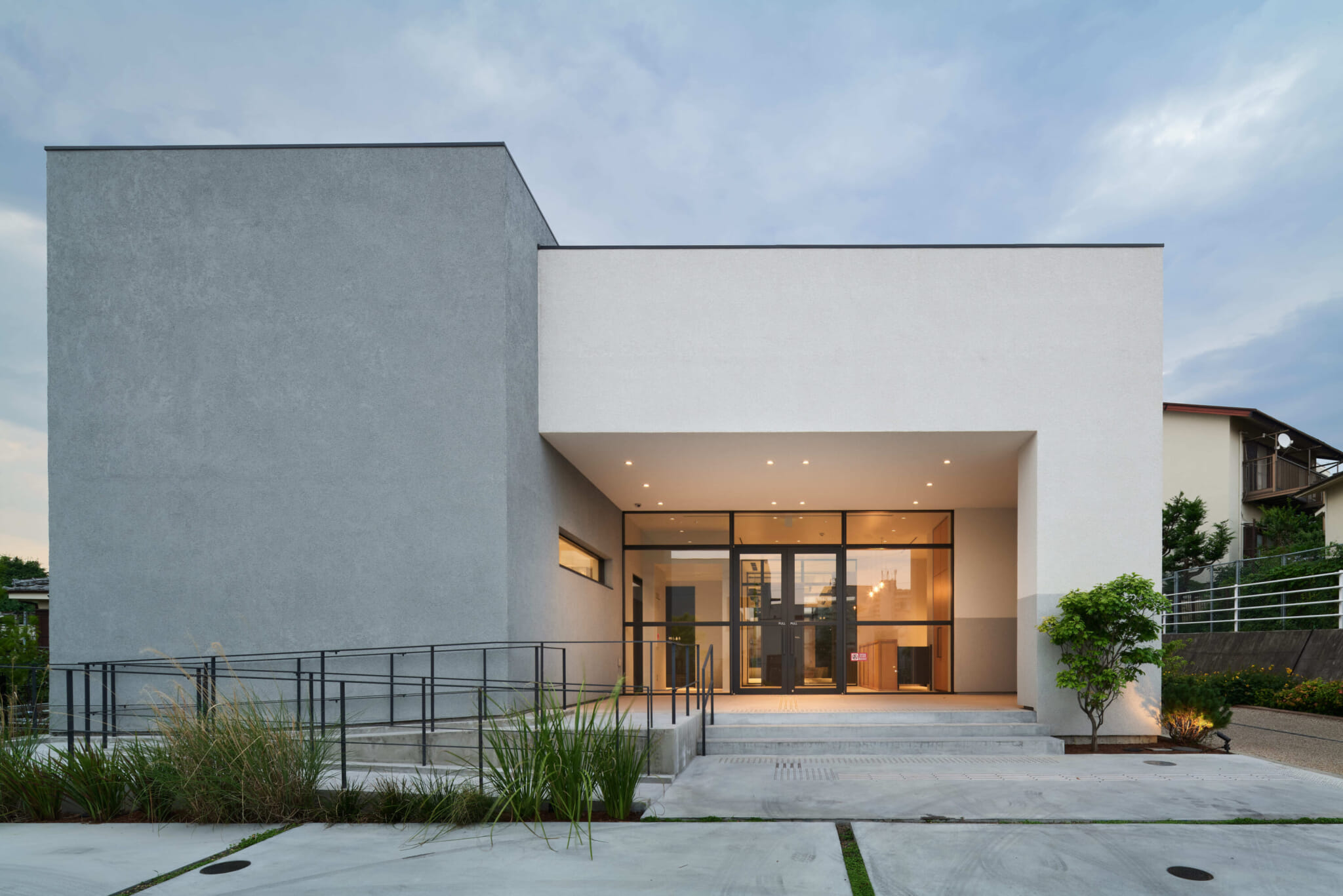
Photo from PR Times
Adrift
Adrift is another location that is an example of how quickly Shimokitazawa is changing. Opened in 2021, Adrift is located in Reload, one of several new developments in the area. Specifically, it is an “entertainment space” hosting a wide variety of events, including concerts, helping to carry on Shimokitazawa’s historical music image while also expanding on it. It’s a good space to visit if you want a taste of what contemporary performance in the area is like, unlike the dingier live houses scattered about. In Bocchi, the characters simply encounter one another outside of it — a reminder of how, while still nodding to Shimokitazawa’s art scene, it isn’t accessible to all, and if you want to learn about young acts, you are better off going elsewhere.
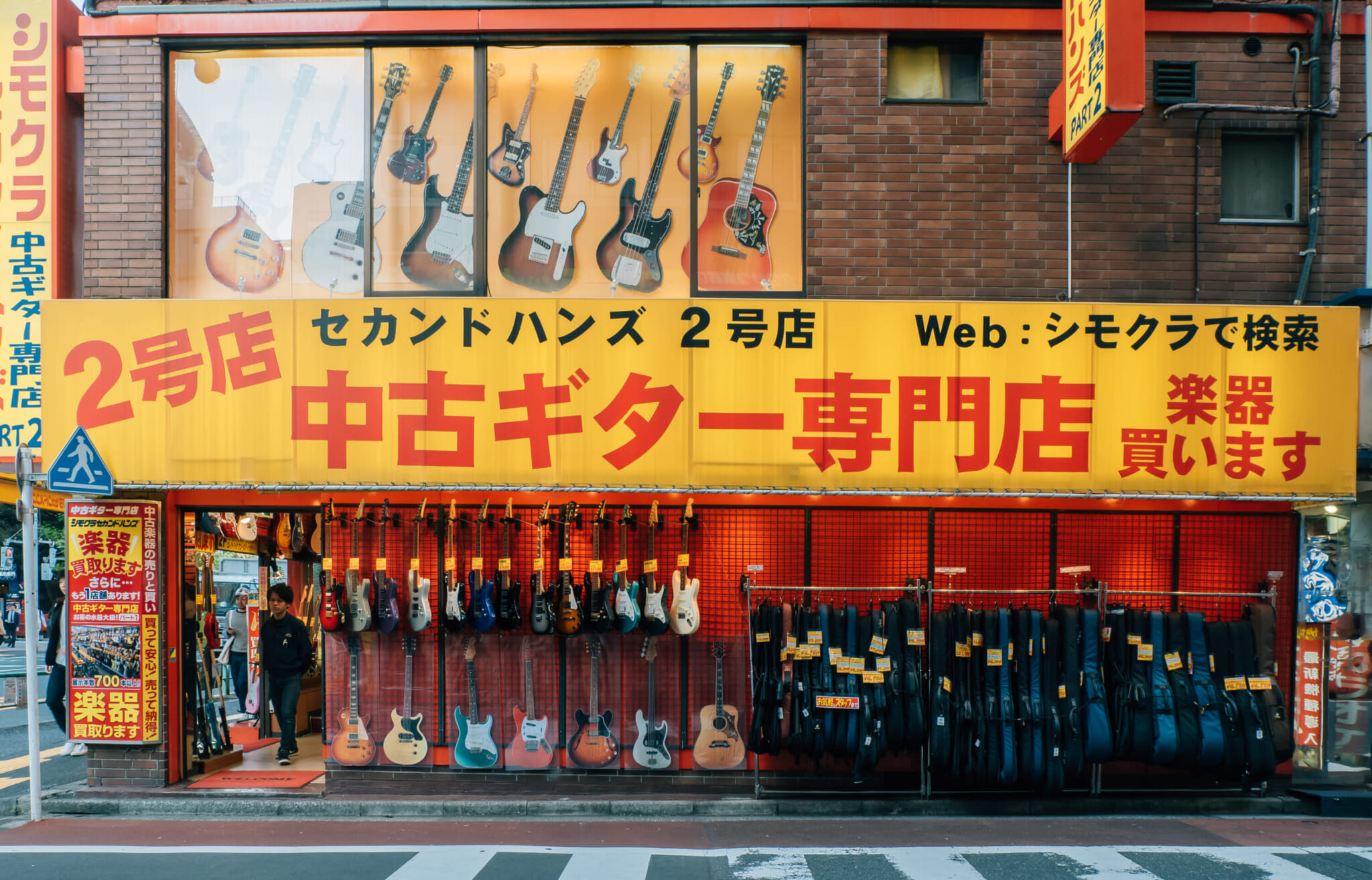
Photo by MMpai via Shutterstock
Ochanomizu Area
The very last episode of Bocchi’s first season finds the gang heading out to buy new instruments, and there’s only one logical place to go — Ochanomizu, best known for housing a bunch of instrument stores. The show itself gets into why the neighborhood boasts so many shops of this nature (via the character representative of music nerds at large [ahem] Ryo Yamada). If you want to see where the tools of the modern Tokyo music scene come from, (or buy records) head over to Ochanomizu.

